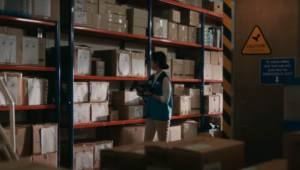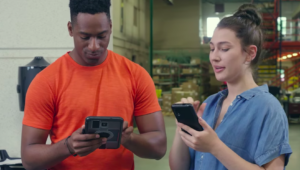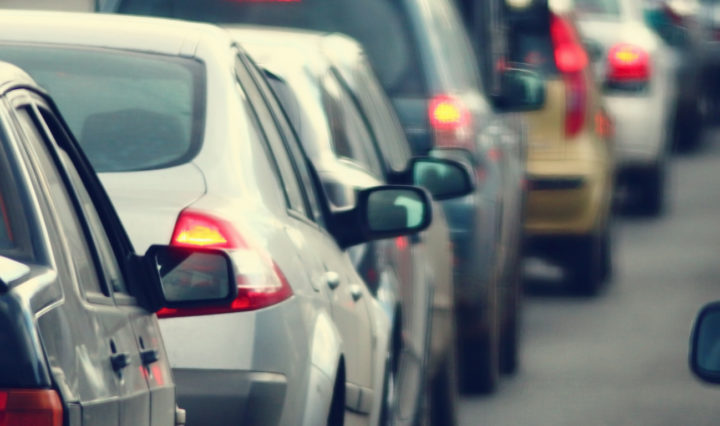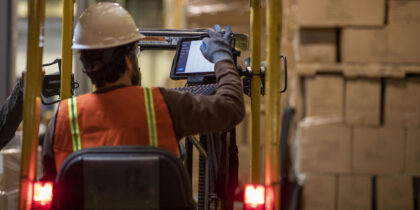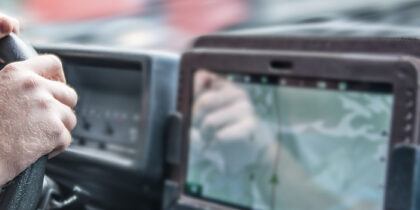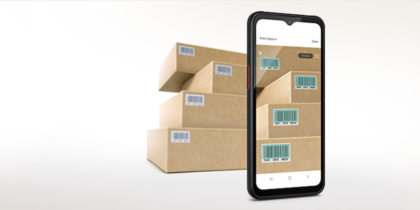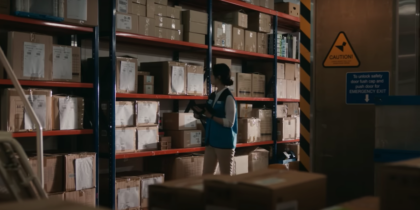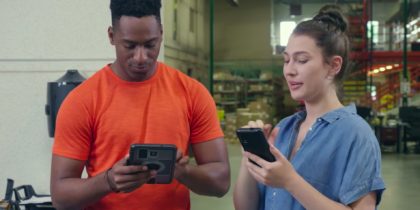Smart cities and cars are getting even smarter as technological disruption continues to shake up the transportation industry. By 2021, more than 380 million connected cars are expected to be on the road, as automakers plan to connect the majority of the vehicles they sell, according to research from BI Intelligence. This connectivity is leading to new solutions for urban planning applications, data analysis and problem-solving.
Parking Made Easier
Ride-sharing services that drop you at the front door, and smartphone maps that guide to your destination are great, but what happens when you need to park your car? Taking the pain out of parking is just one of the disruptions coming as smart city initiatives find ways to ease the friction inherent in the transportation industry. After all, even self-driving cars will need somewhere to park.
One app developer, SpotHero, launched a developer platform to help garages, parking lots and valet services connect with drivers by integrating parking reservations into their own apps. Much like apps incorporating Google Maps for location and directions for “find a store” functionality, SpotHero does the same thing for parking by connecting drivers with parking operators and taking a commission on each transaction.
Connected Car Device Reduces Rear-end Collisions
Driving is about to get a lot safer thanks to new connected car developments such as BrakeActive. Download Now
Other companies are producing apps with different parking angles. Parkopedia gives users real-time visibility into the parking situation at meters, parking lots and even private driveways. Google is also adding predictive parking information to its Android-based Maps app.
Parkmobile provides on-demand and prepaid parking services, including 36 of the top 100 U.S. cities, and also serves airports and major sports and entertainment venues. Users can find parking spaces and pay to park using the Parkmobile app or by calling the toll-free number on the designated parking meter stickers.
Linking Streets and Cars
Making parking easier isn’t the only goal for smart cities. Other initiatives are aimed at making it easier for cars and infrastructure to communicate. Lear, an automotive component supplier, is testing a vehicle connectivity device in Detroit. The device will help cities know where cars are traveling, so the infrastructure can respond by changing streetlights, adjusting traffic patterns and managing roadway maintenance. Real-time response to traffic conditions can make traffic flow more smoothly and reduce traffic emissions.
A pilot smart signals program in Pittsburgh lead by Surtrac reduced travel time by 25 percent and cut idling time by more than 40 percent. In addition to reducing emissions from idling, the program could also lead to lower demand for on-street parking and road expansion. Pittsburgh is also a test area for Uber’s self-driving cars, and the intelligent traffic signals will communicate with the autonomous vehicles for fluid traffic through intersections.
The next step is to equip cars to talk to traffic signals. The Surtrac Pittsburgh test includes short-range radios at 24 intersections around the city. Radio-equipped cars are expected to be on the market soon, and after-market products like Lear’s could be fitted to existing vehicles.
By expanding use cases for connected cars through parking apps and vehicle-to-infrastructure communication, smart cities are setting a new precedent for automakers, civil planners and citizens in urban areas.
Discover more technology advancements in the transportation field that are set to dramatically impact this rapidly changing industry.


